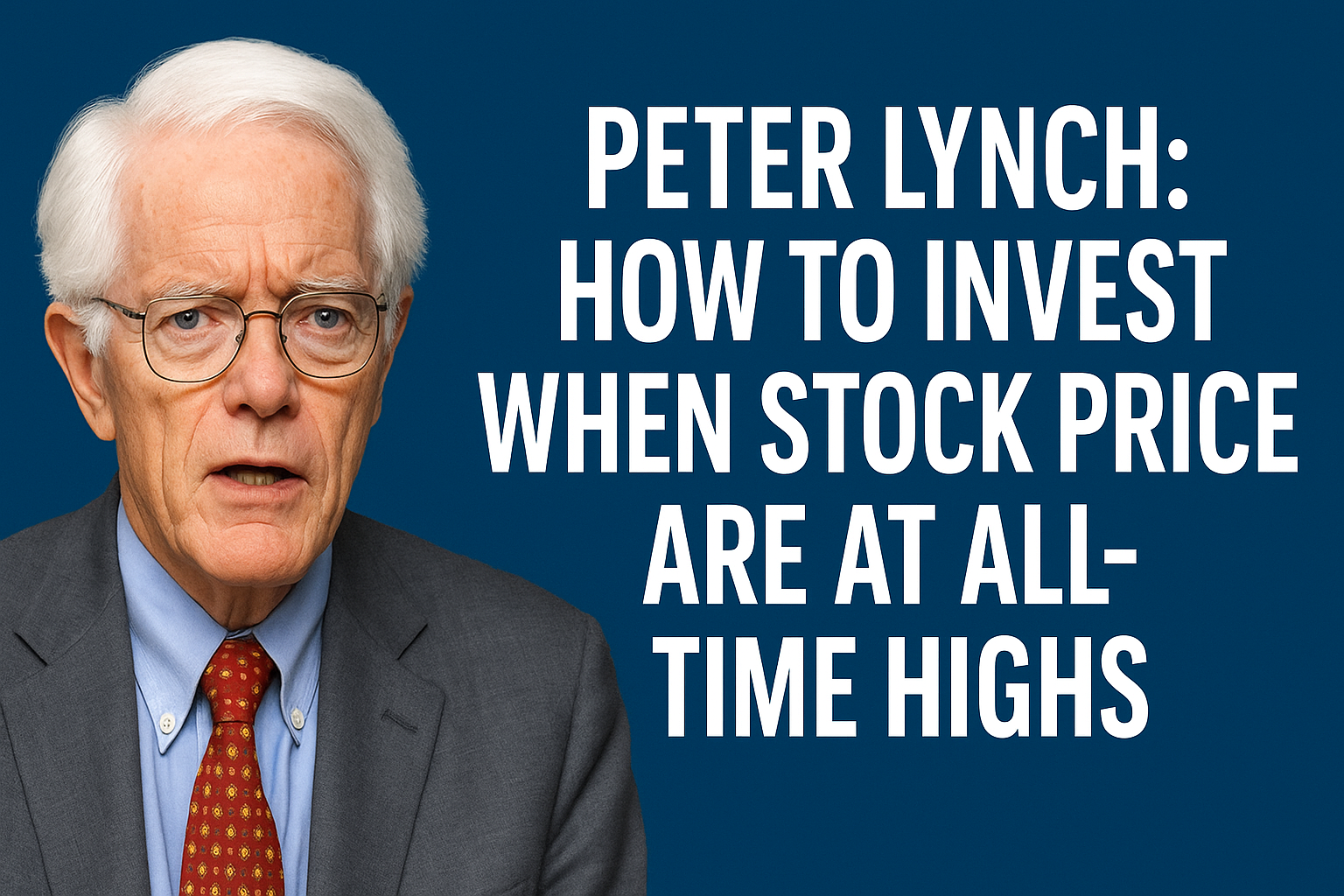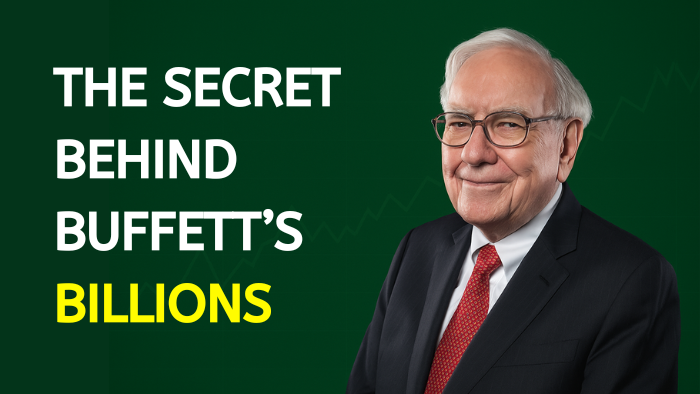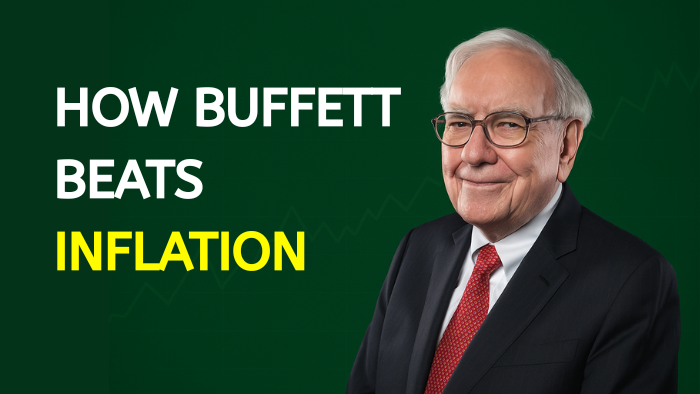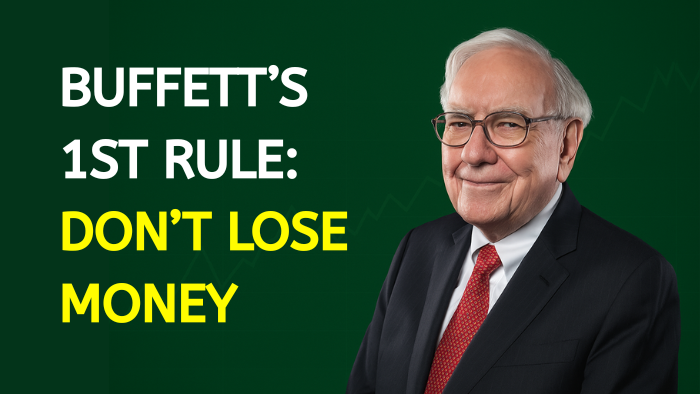With equity markets reaching all-time highs, many investors feel uneasy: “Is this the top? Are valuations too rich?” Legendary investor Peter Lynch, who ran the Fidelity Magellan Fund from 1977-1990 and achieved 29 % p.a., offers timeless advice for such periods. Rather than timing the market, Lynch emphasises understanding businesses, sticking to your circle of competence and avoiding speculative mania. In this article we break down exactly what Lynch says to do when the market is sky-high—and how you can apply it.
The Challenge: Market at Record Highs
When stocks trade at lofty valuations, typical strategies like “buy low, sell high” feel harder to apply. Many investors worry about reversals, bubbles, or being late to the party. Lynch acknowledged this environment: overpriced stocks, frothy sentiment and momentum favouring crowd behaviour instead of fundamentals. (Yahoo Finance)
So what should you do when everything looks expensive?
Lynch’s Key Principles for High-Valuation Markets
1. Invest in What You Understand
Lynch repeatedly stressed: don’t buy what you don’t understand. He argued that ordinary investors, using common sense and attentive observation, can outperform professionals.
In high-valued markets, this becomes more critical: if you don’t understand how a business makes money, you’re risking paying too much.
2. Focus on Fundamentals, Not Market Noise
In his book and interviews, Lynch criticised investors who chase the latest hot trend without assessing the company’s fundamentals. One of his core assertions: “If you can’t explain what a company does to a 10-year-old in two minutes — you probably shouldn’t own it.”
When valuations are stretched, only businesses with strong earnings, competitive advantage, and growth prospects are worthy of premium prices.
Also Read: Peter Lynch’s Insider Rules: 5 Proven Strategies to Find Winning Stocks
3. Use the PEG Ratio to Avoid Overpaying
A hallmark of Lynch’s approach is the PEG (Price-Earnings to Growth) ratio—a P/E divided by expected growth. He popularized the idea that a PEG around 1.0 suggests fair value. (Wikipedia)
In a high market, instead of blindly accepting high P/E multiples, check whether the growth justifies the price. If not, the stock may be overvalued.
4. Don’t Time the Market—Time in the Market
Lynch was adamant that timing the market rarely works. He noted that even investing $1,000 every year on the worst day vs the best day for 30 years yielded nearly similar returns.
When valuations are high, it’s tempting to wait for the “perfect” entry. Instead, Lynch says pick good companies, invest when you can, and hold patiently.
5. Accept That Not All Stocks Will Do Well
When buying in frothy markets, you’ll inevitably make mistakes. Lynch said you only need a few “ten-baggers” (stocks that go up 10×) to more than compensate for the losers.
This means in a high valuation market you should spread risk, invest selectively, and avoid putting everything into one “hot” stock.
Practical Steps for Investors Today
Step 1: Refine your filter. Before buying, ask: Do I understand the business? Does it have a moat? Is the growth credible? Is the valuation reasonable (PEG ~1)?
Step 2: Buy in tranches. If you believe in a good business but think the price is high, consider entering gradually rather than all at once.
Step 3: Monitor the thesis. Lynch emphasised that you hold a stock as long as the fundamental story remains intact. If it changes, sell.
Step 4: Diversify—but not excessively. Lynch held many stocks but avoided blindly owning thousands. Keep a portfolio you can still research and understand.
Step 5: Maintain patience. Even in high valuation markets, compounding works. If you’ve bought a great business, give it time to grow rather than worry about short-term market fluctuations.
What to Avoid
- Chasing the “next hot stock” simply because it’s rising.
- Ignoring valuation in favour of momentum.
- Investing outside your circle of competence.
- Excessive trading hoping to out-smart the market.
Each of these traps is magnified when markets are at peaks.
Also Read: Peter Lynch’s 13 Ingredients for the “Perfect” Stock: A Step-by-Step Guide
When the stock market is at record highs, it’s easy to feel anxious, tempted, or simply overwhelmed. But Peter Lynch’s message is refreshingly simple: Invest like this – buy companies you understand, check fundamentals, don’t overpay, and stay patient. High valuations raise the bar for good investment decisions—but they don’t make investing impossible.
Follow Lynch’s rules, and you’ll tilt the odds in your favour, even in frothy markets.
Would you like me to optimize this article for your blog’s brand voice, add suggested internal links, and provide a list of social media captions for promotion?






